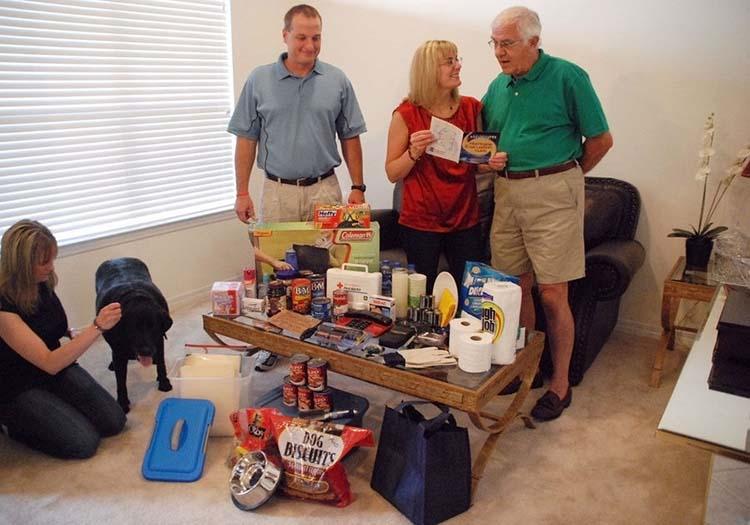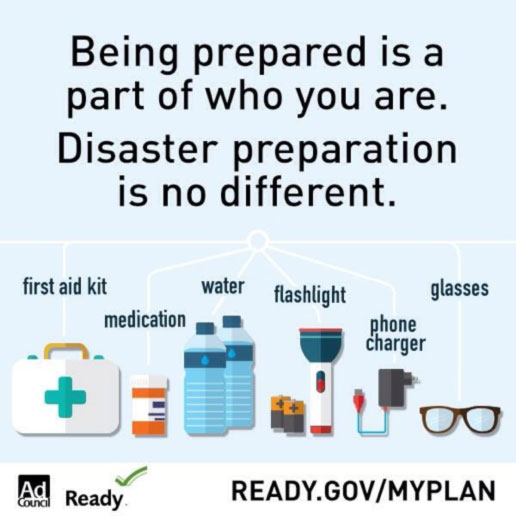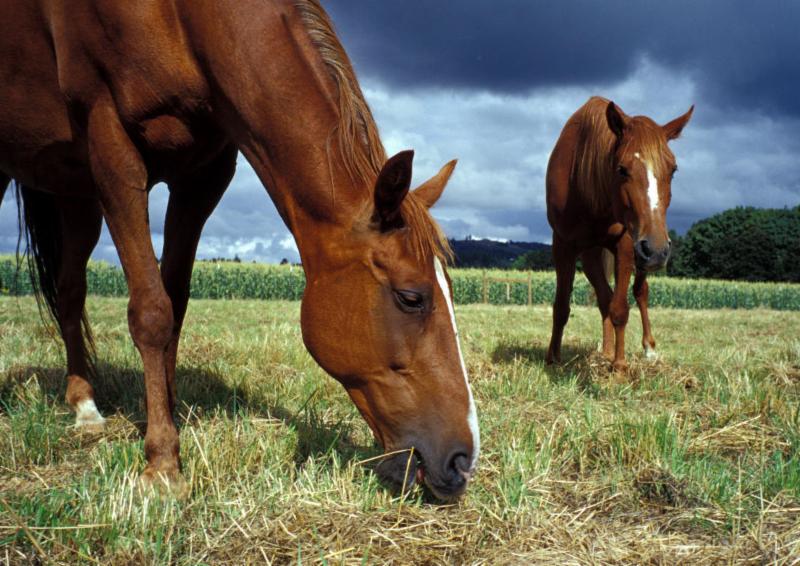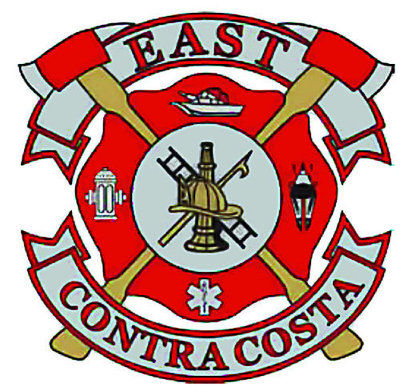|
|
The months coming up are the peak of fire season.
This week, local fire agencies fought a fire near Byron that grew to 500 acres in an hour. I want to thank all of the first responders who did a great job containing that wildfire and also use this opportunity to remind everyone that we need to be responsible.
Make sure you're signed up for emergency alerts, that you've got an evacuation plan in place, including a situation when you may not have power, and that you're creating a defensible space on your property.
Failure to take responsibility could mean others risk losing homes.
You will find more tips and links below on fire safety.
Let's all take time to keep our families safe.
|
 |
|
 |
How to prevent fires. |
Top Tips for Fire Safety
Did you know that if a fire starts in your home you may have as little as two minutes to escape?
During a fire, early warning from a working smoke alarm plus a fire escape plan that has been practiced regularly can save lives.
Learn what else to do to keep your loved ones safe!
|
|
Local Red Cross Blood Drives
|
|
Seniors *
Neighbor Helping Neighbor
|
Attempting to respond to a disaster by yourself involves an incredible amount of work. You can plan to work together with your neighbors to help reduce the pressures and alleviate the impact disasters can impose in your community. When we all do a little, we can do a lot!
 Here are some ways you can get started: Here are some ways you can get started:
- Meet the neighbors. Exchange contact information and discuss how you can prepare for disasters that may occur in your area.
- Establish a neighborhood plan. Discuss the steps to take while waiting for help to arrive, and multiple evacuation routes out of your neighborhood.
- Discuss what you need. What equipment or supplies can you share in case of emergency (e.g. temporary shelter, power generator, transportation, communication devices, first aid)?
- Reveal your skills. Find out who among you has any medical and/or technical skills that may come in handy in an emergency.
- Assist those in need. Find out who has children, disabled or elderly, and pets in their home. Decide who will check on special needs neighbors in advance.
The Importance of a Personal Support Network
The American Red Cross recommends that senior citizens create a personal support network made up of several individuals who will check in on you in an emergency, to ensure your wellness and to give assistance if needed. This network can consist of friends, roommates, family members, relatives, personal attendants, co-workers and neighbors. Ideally, a minimum of three people can be identified at each location where you regularly spend time, for example at work, home, school or volunteer site.
There are seven important items to discuss and implement with a personal support network:
- Make arrangements, prior to an emergency, for your support network to immediately check on you after a disaster and, if needed, offer assistance.
- Exchange important keys.
- Show them where you keep emergency supplies.
- Share copies of your relevant emergency documents, evacuation plans and emergency health information card.
- Agree on and practice methods for contacting each other in an emergency. Do not count on the telephones working.
- You and your personal support network should always notify each other when you are going out of town and when you will return.
- The relationship should be mutual. You have a lot to contribute! Learn about each other's needs and how to help each other in an emergency.
|

Families can make emergencies less stressful by preparing in advance and working together as a team.
Protect yourself and your loved ones by making an emergency plan.
Make a Family Communication Plan
Phone lines in the emergency area may be busy. It may be easier to make phone calls into a different town than to connect by phone with someone in the same town.
Text messages may still go through, even when phone lines are very busy.
You and your loved ones may not be together when a disaster hits. Make a plan for how you will connect to each other. Start by taking the following steps:
Complete a contact card for each family member. Everyone should keep these cards with them at all times.
Choose an emergency contact. Memorize the phone number if you can. A friend or relative who lives out of town might be easier to reach in an emergency. During an emergency, family members can text or call this person to let them know that they are safe.
Make sure all your family members know how to text. Make sure everyone knows how to turn on a cell phone, find the text messaging app, type a message, and send it to a contact.
Know emergency telephone numbers.
Keep them in your cell phone and post them near your home phones. Some good numbers to have are your emergency contact, the fire department, police station, and hospital near you
Make a Family Disaster Plan.
Find the safe spots in your home for example, during an earthquake you will need to "drop, cover, and hold on" under a sturdy desk or table.
Choose multiple meeting places.
Different disasters may require you to go to different places. Make sure you choose a meeting place in your neighborhood, a meeting place just outside your neighborhood, and a meeting place out of town.
Determine the best escape routes from your home. Find two ways to get out of each room.
Review these plans with all members of your family. Practice your disaster plans by running drills with the whole family.
|
- Ready Wrigley can help your kids be ready for many kinds of emergencies!
- Teach children how and when to call 911 for help.
- Quiz your kids on the plan to make sure they remember what to do.
- Include your kids in planning and drills.
- Make an emergency kit and be sure to check and replace your supplies throughout the year, as needed.
- Stay informed; find the best ways to get disaster information from local authorities.
- Make sure that you have enough insurance coverage for your property. Specifically, think about the types of disasters that are common in your area.
- Learn how and when to turn off the water, gas, and electricity at the main shut-off locations.
- Show each family member how to use the fire extinguisher and show them where it's kept.
|
Think about what you would do with your pets, because they may not be allowed in emergency shelters.

Pet Disaster Preparedness Kit
- Pet carrier for each pet
- Two week supply of food and water
- Non-spill food and water bowls
- Pet first-aid kit
- Medications and dosing instructions
- Cat litter box and litter
- Plastic bags for waste disposal
- Paper towels
- Disinfectants
- Leashes/collars/harnesses
- Blankets
- Toys and treats
- Newspaper
If You Must Leave Your Pet
- If you must leave your pets, bring them indoors.
Never leave pets chained outdoors!
- Use a room with no windows and adequate ventilation, such as a utility room, garage, bathroom, or other area that can be easily cleaned. Do not tie pets up!
- Leave only dry foods and fresh water in non-spill containers. If possible open a faucet to let water drip into a large container or partially fill a bathtub with water.
|
WILDLAND FIRE SAFETY FOR YOUR LIVESTOCK
ANIMAL EVACUATION TIPS
|
|
|

You've taken steps to keep your family, pets and home fire safe.
Don't forget your livestock.
With some advance planning, you can increase their chances of surviving a wildland fire.
Here are some helpful tips from Cal Fire:
- Clear defensible space around your barns, pastures and prop- erty just as you do your home. PRC 4291 requires clearance around all structures on your property.

- Plan ahead, know where you would evacuate the animals. Contact your local fairgrounds, stockyards, equestrian centers,friends etc. about their policies and ability to take livestock temporarily in an emergency. Have several evacuation routes in mind. If you don't have your own truck and trailer, make arrangements with local companies or neighbors before disaster strikes.
- Make sure your neighbors have your contact numbers (cell phone, work, home, etc.).
- Have vaccination/ medical records, registration papers and photographs of your animals (proof of ownership) and your Disaster Preparedness Kit.
- If you must leave your animals, leave them in a preselected, cleared area. Leave enough hay for 48 to 72 hours. Do not rely on automatic watering systems. Power may be lost.
- Do not wait until the last minute to start evacuating!
Livestock Disaster Preparedness Kit
- Hay, feed and water for three days
- Non-nylon leads and halters

- First aid items
- Wire cutters and a sharp knife
- Hoof pick
- Leg wraps
- Shovel
- Water buckets
- Plastic trash barrel with a lid
- Portable radio and extra batteries
- Flashlights
During a wildland fire, local animal rescue organizations work with law enforcement and fire departments to rescue as many animals as they can. In battling
a wildfire, firefighters will do what they can but they are not responsible for evacuating your livestock.
Firefighters may cut fences or open gates to free trapped animals.
|
|
East Contra Costa Fire Protection District
|
 ECCFPD has great information and updates on their website , including a message from Chief Helmick:
ECCFPD has great information and updates on their website , including a message from Chief Helmick:
|
|
Office of Emergency Services
|

Still waiting for a BART parking permit? At select stations, the wait is over!
|
|
|
| |
|
|
Supervisor Diane Burgis
3361 Walnut Boulevard
Suite 140
Brentwood, CA 94513
|
|
|
|